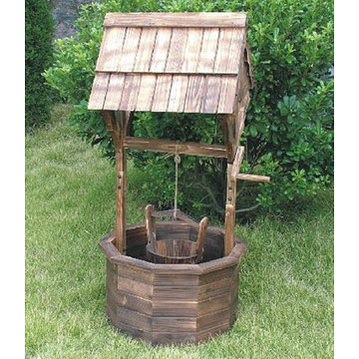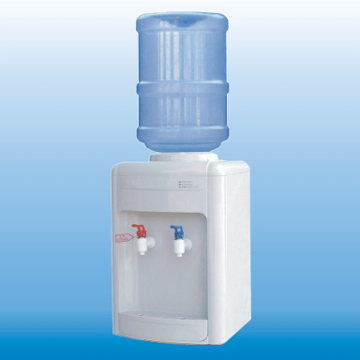Private well water should be tested yearly, and in some cases more often, according to new guidance offered by the American Academy of Pediatrics (AAP).
 The recommendations call for annual well testing, especially for nitrate and microorganisms such as coliform bacteria, which can indicate that sewage has contaminated the well. The recommendations point out circumstances when additional testing should occur, including testing when there is a new infant in the house or if the well is subjected to structural damage.
The recommendations call for annual well testing, especially for nitrate and microorganisms such as coliform bacteria, which can indicate that sewage has contaminated the well. The recommendations point out circumstances when additional testing should occur, including testing when there is a new infant in the house or if the well is subjected to structural damage.
Walter J. Rogan, M.D., an epidemiologist at the National Institute of Environmental Health Sciences and lead author on the policy statement and technical report that appears in the June issue of Pediatrics, said,
"Children are especially vulnerable to waterborne illnesses that may come from contaminated wells."
Reference(s): Rogan WJ, Brady MT, the Committee on Environmental Health and the Committee on Infectious Diseases. June, 2009. Technical Report. "Drinking Water from Private Wells and Risks to Children." Pediatrics,123:6. DOI: 10.1542/peds2009-0751.
Committee on Environmental Health and Committee on Infectious Diseases. Policy Statement. "Drinking Water from Private Wells and Risks to Children." Pediatrics,123:6. DOI: 10.1542/peds2009-0751.

.jpg) As we’ve said, proper handwashing with the proper tools — soap, water and paper towel — can significantly reduce the number of foodborne and other illnesses, even the emerging swine flu.
As we’ve said, proper handwashing with the proper tools — soap, water and paper towel — can significantly reduce the number of foodborne and other illnesses, even the emerging swine flu. Chng Hiok Hee, a doctor at Tan Tock Seng hospital and the head of the two-month-long campaign said,
Chng Hiok Hee, a doctor at Tan Tock Seng hospital and the head of the two-month-long campaign said,.jpg)
 But, for those who work in an office, the water cooler is, I’m told, the place for gossip, flirting and bacteria.
But, for those who work in an office, the water cooler is, I’m told, the place for gossip, flirting and bacteria. Having a two-week-old puts a different spin on things. Our neighbors invited us for a Christmas eve get-together, but Sorenne is sleeping, and that’s a good gift.
Having a two-week-old puts a different spin on things. Our neighbors invited us for a Christmas eve get-together, but Sorenne is sleeping, and that’s a good gift..jpg) New molecular laboratory findings from the Centers for Disease Control and Prevention provide a firm link between an outbreak of Campylobacter diarrhea that occurred in Southcentral Alaska this summer and eating uncooked peas grown in Alaska.
New molecular laboratory findings from the Centers for Disease Control and Prevention provide a firm link between an outbreak of Campylobacter diarrhea that occurred in Southcentral Alaska this summer and eating uncooked peas grown in Alaska. Nearby Pembroke, Ontario, also has a problem with geese – specifically their poop —
Nearby Pembroke, Ontario, also has a problem with geese – specifically their poop —  Just a harmless little bunny rabbit, like in Monty Python and the Holy Grail (right).
Just a harmless little bunny rabbit, like in Monty Python and the Holy Grail (right).